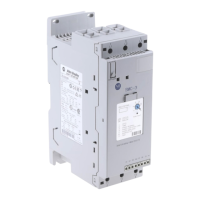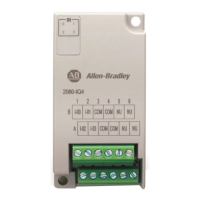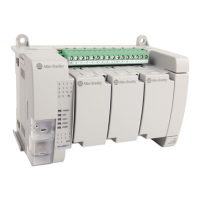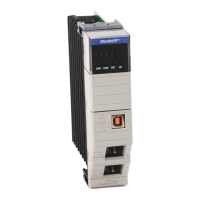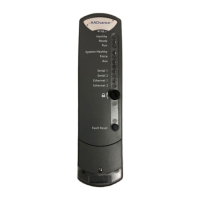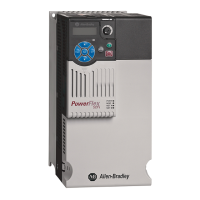Serial Communications 8-35
1560D-UM051D-EN-P – February 2005
Sequence of Events
Use the following sequence of events as a guide for establishing explicit
messages in your SLC ladder logic:
1. Put the Explicit Message Request data into an integer (N) file of the
SLC-500 processor.
2. Use the file copy instruction (COP) to copy the Explicit Message
Request data entered in step one to the M0 file, words 224 through 256.
3. Use the examine-if-closed instruction (XIC) to monitor bit 15 of the
scanner’s Module Status Register for an indication that it has received
a response from the 1203-GK5 communication module.
4. Copy the data from the M1 file, words 224 through 256, into a file in
the SLC-500 processor using the file copy instruction (COP).
5. Use the move instruction (MOV) to copy a one-word file from the
SLC-500 processor into word 224 of the M0 file. The upper byte of the
word should contain the TXID value for this transaction and the lower
byte should contain the value 4 which is the command for the scanner
to clear its response buffer. After the move is completed, bit 15 of the
scanner’s Module Status Register should go to a value of zero,
allowing the next explicit message to be executed.
Setting Up the Data File
In this example, the data file for the Explicit Message Request begins at
N11:0. Following is the structure for a Get Attribute Multiple of the SMC
Dialog Plus controller’s Metering group parameters (1 - 11). Please note
that the data shown is in a hexadecimal format. The first three words are
shown segmented into two bytes, corresponding to the upper and lower
bytes shown in the Explicit Message Request table.
